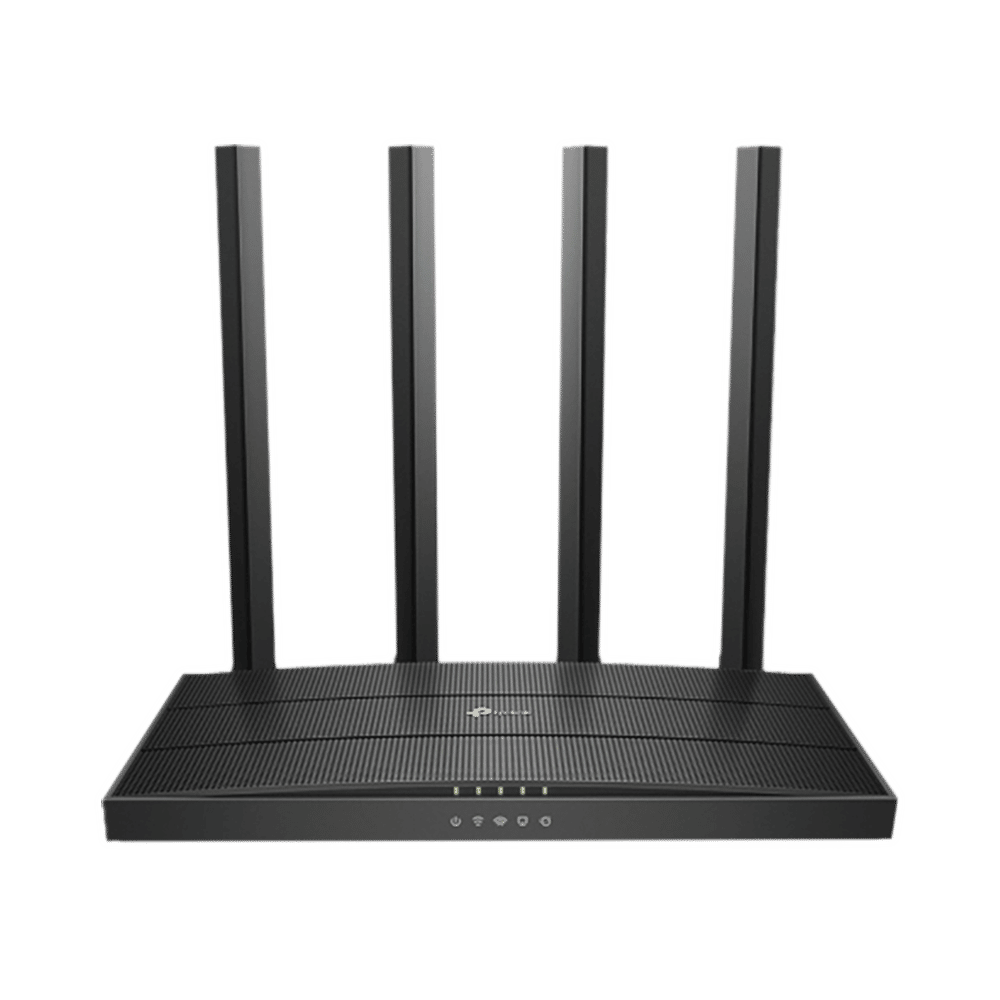Securing your Wi-Fi network is more important than ever, especially with the rise of cyberattacks these days. WPA3, the latest evolution in Wi-Fi security, offers a significant upgrade over its predecessor, WPA2, providing stronger protection against cyber threats. This article will demystify WPA3 and guide you through the process of setting it up on your router, ensuring your online experience remains private and secure, whether on your smartphones, laptops, desktops, or tablets.
Understanding the power of WPA
WPA3, which stands for Wi-Fi Protected Access 3, is the latest security standard designed to safeguard your wireless network. It introduces several key improvements over WPA2, including:
1. WPA3 utilises more robust encryption algorithms, making it significantly tougher for hackers to crack your password and gain unauthorised access to your network.
2. WPA3 employs a feature called “Simultaneous Authentication of Equals” (SAE), which effectively thwarts brute-force attacks, where hackers attempt to guess your password by repeatedly trying different combinations.
ALSO READ: Wi-Fi router FAQs: Everything you need to know before upgrading your home network
3. WPA3 includes “Enhanced Open,” which encrypts individual connections even on public Wi-Fi hotspots, protecting your sensitive data from prying eyes.
4. WPA3 simplifies the process of connecting devices with limited or no display interfaces, such as smart home devices, to your network.
Setting up WPA3 on your router
Before you begin, it’s essential to ensure both your router and the devices connecting to it support WPA3. Many newer routers and devices are WPA3-compatible, but older models might not be. You can check your device manuals or manufacturer websites for compatibility information.
1. Open a web browser on a device connected to your network and enter your router’s IP address. This is usually found on the router itself or in its documentation.
2. Enter your router’s username and password to access its settings.
3. Look for a section labelled “Wireless,” “Wi-Fi,” or “Security.”
ALSO READ: 5 best Wi-Fi routers to buy in 2024
4. Select “WPA3-Personal” or “WPA3-Only” as the security mode. If your router offers a “WPA2/WPA3 Transitional mode,” this allows both WPA2 and WPA3 devices to connect, but it’s recommended to use WPA3-Only if all your devices support it.
5. Choose a strong, unique password for your Wi-Fi network. This password should be at least 12 characters long and include a mix of uppercase and lowercase letters, numbers, and symbols. Avoid using personal information or easily guessable words.
6. Apply the new settings and restart your router if prompted.
By following these steps, you can elevate your Wi-Fi security with WPA3, adding an extra layer of protection against cyber threats. Remember to keep your router’s firmware updated to benefit from the latest security patches and enhancements.
Unleash your inner geek with Croma Unboxed
Subscribe now to stay ahead with the latest articles and updates
You are almost there
Enter your details to subscribe

Happiness unboxed!
Thank you for subscribing to our blog.
Disclaimer: This post as well as the layout and design on this website are protected under Indian intellectual property laws, including the Copyright Act, 1957 and the Trade Marks Act, 1999 and is the property of Infiniti Retail Limited (Croma). Using, copying (in full or in part), adapting or altering this post or any other material from Croma’s website is expressly prohibited without prior written permission from Croma. For permission to use the content on the Croma’s website, please connect on contactunboxed@croma.com
- Related articles
- Popular articles















Anvinraj Valiyathara
Comments